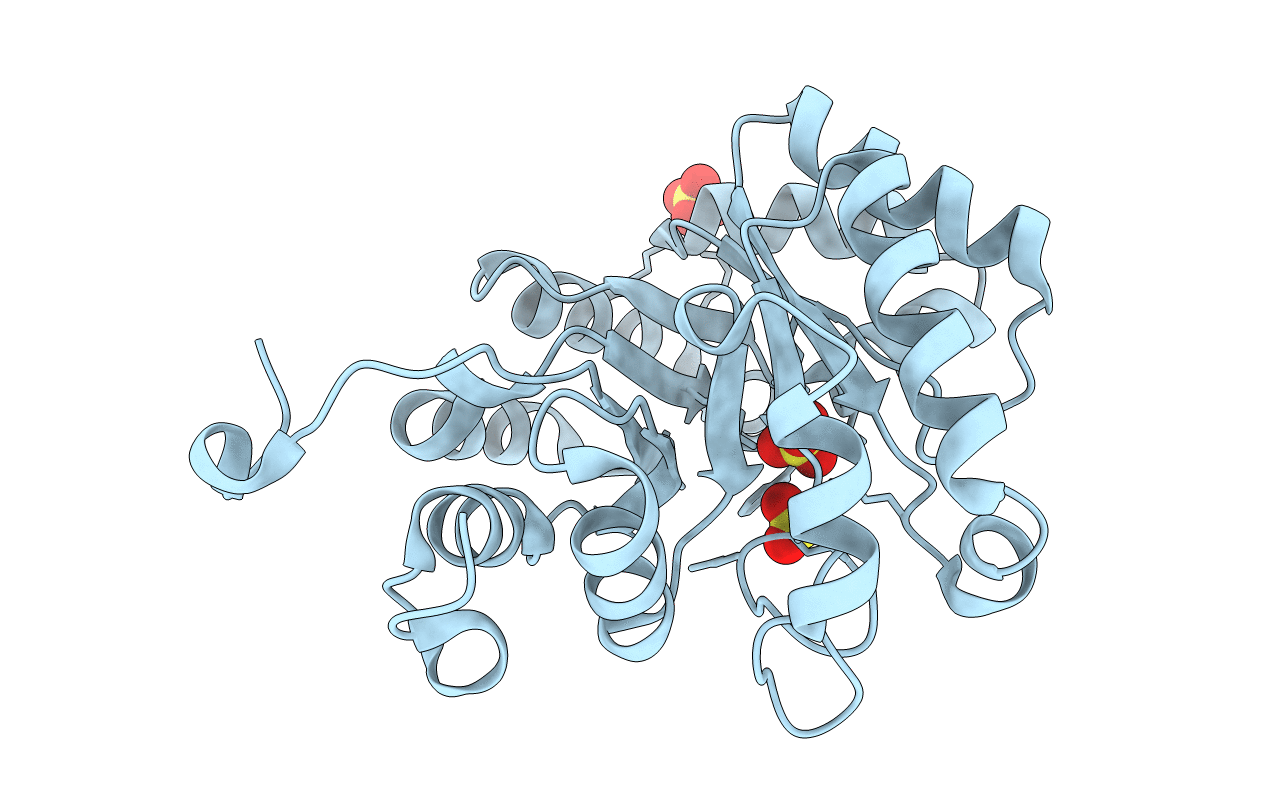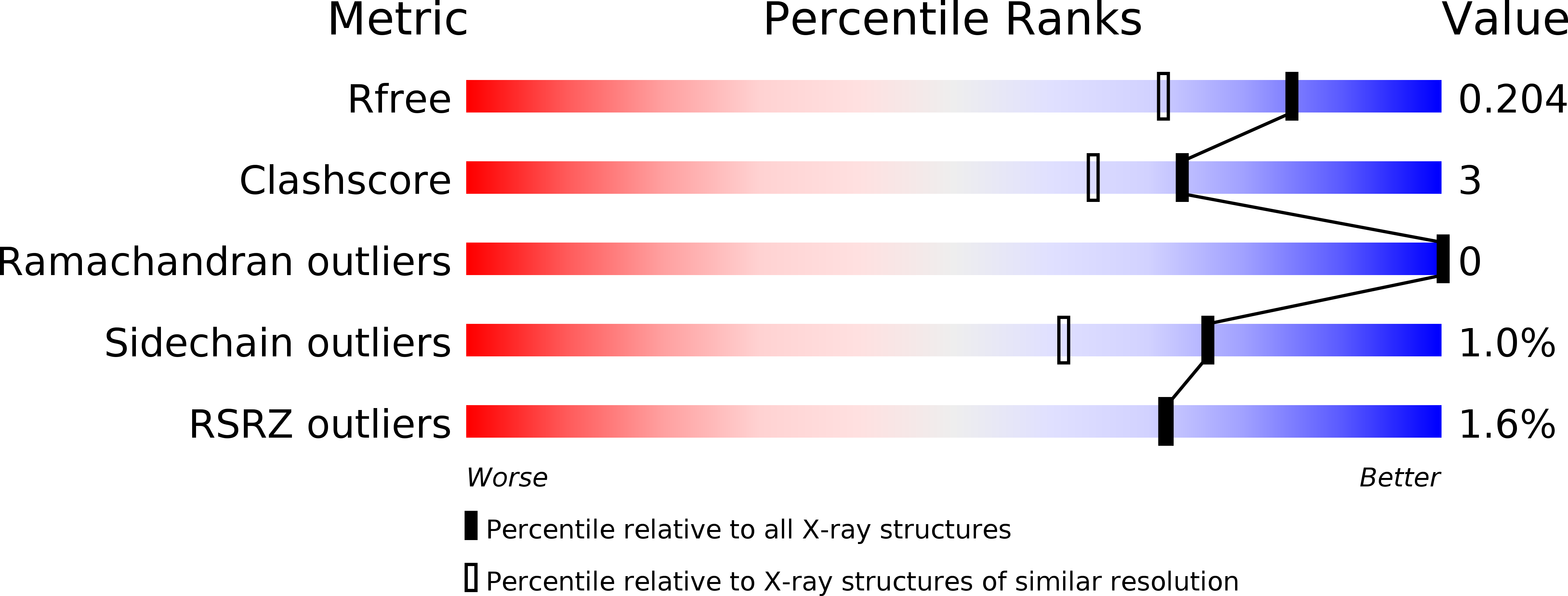
Deposition Date
2003-09-02
Release Date
2003-12-09
Last Version Date
2024-02-14
Entry Detail
PDB ID:
1QWG
Keywords:
Title:
Crystal structure of Methanococcus jannaschii phosphosulfolactate synthase
Biological Source:
Source Organism:
Methanocaldococcus jannaschii (Taxon ID: 2190)
Host Organism:
Method Details:
Experimental Method:
Resolution:
1.60 Å
R-Value Free:
0.19
R-Value Work:
0.17
R-Value Observed:
0.17
Space Group:
P 21 3


